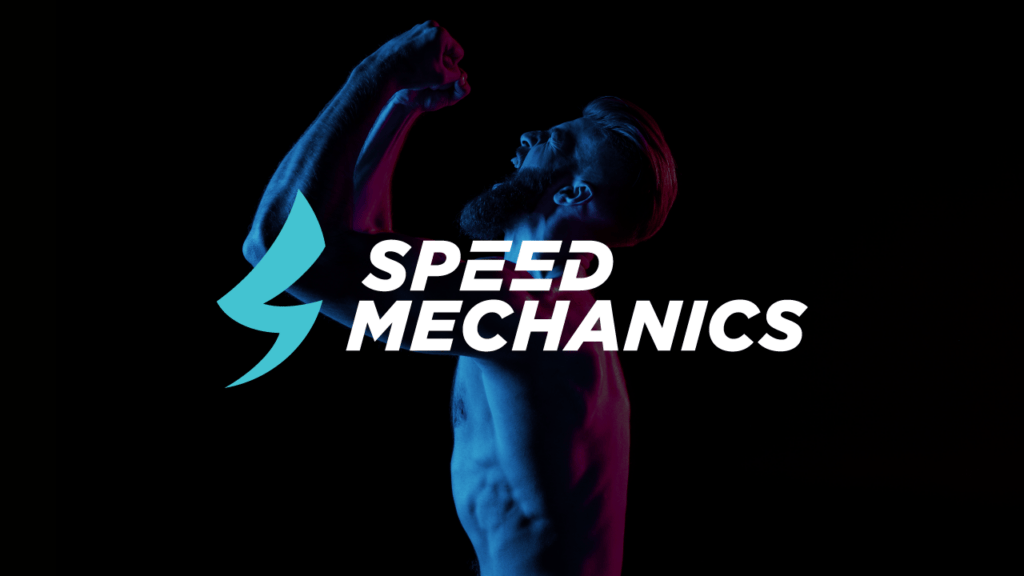In the weight room, most people concentrate on strength. The focus tends to be on the maximum weight for a bench press or a back squat as this demonstrates how strong they are. They focus on lifting more and more weight, believing that this will directly make them a better athlete. What most fail to consider is how fast and powerful the movement is.
For a powerful athlete, the whole purpose of time spent in the gym is to gain tools that will carry over to their performance. So, it is important to keep in mind that strength without the ability to move fast is not going to develop an athlete completely for their sport. Therefore, the importance of an athlete with a high degree of power cannot be overlooked. We know that stronger and faster athletes are injured less, produce more successful tackles in contact sports, and even learn skills better than their less powerful counterparts. So, developing a powerful athlete is as much a priority as a lean, fast, or technically proficient one.
In the Speed Mechanics gym, we can look at developing a powerful athlete objectively with tools like Linear Position Transducers (LPTs), force plates, or accelerometers by measuring the velocity of the bar and gauging peak speed over time when using the same weight. We know that if the same load is consistently moving faster, then that athlete has increased their maximum strength and power.
We can also use velocities at specific loads, relative to their 1-rep maximum (1RM), to predict their 1RM based on the velocity of the load without having to go to their max. This can be important to reduce the risk of injury, help when peaking or tapering, and/or in-season when the stress of performing during a game is already high enough.

For example, hitting a baseball requires deliberate high volumes of practicing your skills, but it also requires high levels of speed, strength, and power. This isn’t to discount the influence of strength, especially at younger ages, but it is also important to focus on the ability to generate high amounts of force rapidly, as this increases power and makes an athlete more dominant. In any sport, no one can be too explosive, and this is where athletes commonly miss the mark in training. The athlete lifts heavy and emphasizes lots of time under tension – which is foundational – but fails to train the ability to quickly translate force into an athletic movement such as when you swing a bat.
How can you train to be a more powerful athlete?
You can train to be a more explosive and powerful athlete by being intentional in your weight room movements and exhibiting force rapidly. Cal Dietz says in his book Triphasic Training that we do this by using moderate to heavy loads between 55%-80% of an athlete’s 1RM. If the athlete has good base-level strength, we can continue to increase weight while emphasizing power to further develop the athlete.
In the case of batting, power in the swing starts through the feet to generate hip extension to transmit force up the kinetic chain from the legs through the trunk. Then the shoulders, arms, and hands can finish the movement with explosive intent. Therefore, training movements like lower body pushes/pulls, Olympic Lifts or their derivatives, and upper body pushes/pulls, once strong enough, in an explosive manner, will increase power output and maximum velocity.

Without a powerful swing, you fall behind not only in the count but to other athletes as they swing for the fences and you strike out. Think of strength as the prerequisite to unleashing power. Get into the habit of moving weight with intention regardless of what load you use. To simplify this, if you want to be more explosive in your sport, you need to train that skill. Power and speed are skills, and they need to be trained. When performed properly, power production will separate the fast and the strong from the weak and slow athlete.


